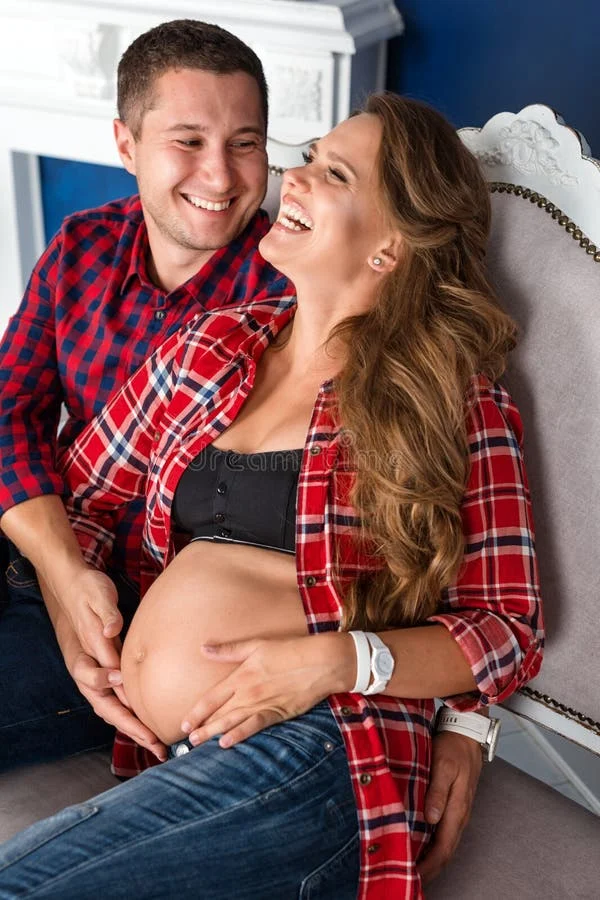Let’s dive into a topic that’s both personal and universal: body image. I used to tip the scales at nearly 300 pounds. At 5 feet 4 inches, I found myself firmly in the “obese” category, and to say I struggled with self-acceptance would be an understatement. Mirrors were my enemy, photos were avoided, and I layered my clothing in an attempt to hide the parts of myself that I despised. My journey to shedding weight down to 175 pounds was often framed as a pursuit of health, but, truthfully, I was just desperate to escape the reflection staring back at me.
Now, as my daughter embarks on her kindergarten adventure, I’ve made a conscious effort to steer clear of conversations about weight in her presence. Yet, during a casual Lego session at the kitchen table, I overheard her casually mention the word “fat.” My heart sank. I still grapple with those feelings of self-loathing, but I chose to remain calm. In that moment, I learned a profound lesson from her: “fat” is merely an adjective, much like “tall” or “short.” It doesn’t define worth.
With that realization, I recognized that we had already begun teaching body image lessons, and perhaps I was doing okay after all. Here are three vital guidelines we embrace in our home:
1. No Foods Are Bad Foods
Except, of course, dairy—because both my daughter and I are lactose intolerant, and my son has his own dietary restrictions. But even dairy isn’t inherently “bad”; we just can’t consume it, and that’s perfectly fine for others. I’m not a fan of strict diets; telling me to avoid carbs is like telling a fish to climb a tree. Instead, we enjoy “sometimes foods.” Whether it’s candy or chips, we indulge occasionally. When my daughter asked if candy was junk food, I explained that it is, but that doesn’t mean we can’t enjoy it. After all, moderation is key, and I happily pointed out that I still maintain my health while enjoying treats.
2. Exercise Is About Health, Not Aesthetic
Losing over 100 pounds certainly involved exercise, and my daughter often asked about my routines. I eventually distilled my explanation down to this: exercise is simply a way to keep our bodies healthy. Since I spend much of my day at a desk, I need to carve out time for movement. When she asked if playing counted as exercise, I enthusiastically agreed! And while I let her indulge in some video games, I also planned for some outdoor fun afterward. It’s all about balance, after all.
3. Celebrating Our Differences
Questions about skin color, family structures, and body types are common in our household. My daughter’s curiosity leads to conversations about diversity and acceptance. When she asked why I have a bigger backside, I simply responded, “Because that’s just how I am.” We embrace our unique qualities together. She loves her strong legs, while I appreciate my belly as a reminder of my children’s beginnings. This open dialogue helps us appreciate our bodies rather than criticize them.
Raising a daughter in today’s world can be daunting, especially with the fear that she might inherit my former struggles with body image. However, I’ve found a sense of reassurance in our conversations. For more insights on navigating similar topics, check out this post on body image lessons.
In conclusion, teaching our children about body positivity starts with how we view ourselves. By promoting healthy habits, celebrating diversity, and embracing all foods in moderation, we can inspire our daughters—and ourselves—to love our bodies just as they are. For those interested in pregnancy-related resources, the CDC provides excellent information on infertility and conception. And if you’re looking for at-home insemination options, Cryobaby offers reliable syringe kits to help you on your journey.

Leave a Reply